UK zoo Marwell Wildlife in Hampshire is developing drones to monitor endangered species in the wild in partnership with the University of Southampton.
Since 2021, the zoo and the university have worked together to explore the potential use of drones to monitor and identify animals in a non-invasive and cost-effective way.
The team, made up of Marwell conservationists and University of Southampton professors, is developing technology that uses thermal imaging, high-definition cameras, and artificial intelligence (AI) to keep track of endangered species.
The drones will observe animals such as snow leopards in Kazakhstan and Grévy's zebra in Kenya, assessing body condition and learning about their migration patterns.
Philip Riordan, conservation director at Marwell Wildlife, said: “The potential applications of existing technologies for wildlife conservation are already huge and largely untapped.
“This project will use what is available and, with our partners, drive further innovations that can help conservationist around the world.”
The drones have undergone several trials, including two over the zoo at Marwell. During the most recent trial, the drones were able to capture images with enough detail to clearly see the veins in the ear of a zebra from 120 metres above.
AI and HD cameras to identify animals
Zoom features on the drones allow the team to check body condition by looking for visible ribs and other bones. Eventually, the drones will be able to differentiate between individual coat patterns.
The team hopes to roll the technology out in the field next year. The project's goal is to develop an adaptable drone platform that can be made widely available to global conservationists.
As for sustainability at Marwell Wildlife, the zoo is generating renewable energy using the poo of endangered species. This initiative took first place in the sustainability category at the 2022 blooloop Innovation Awards.
Images courtesy of Marwell Wildlife / University of Southampton
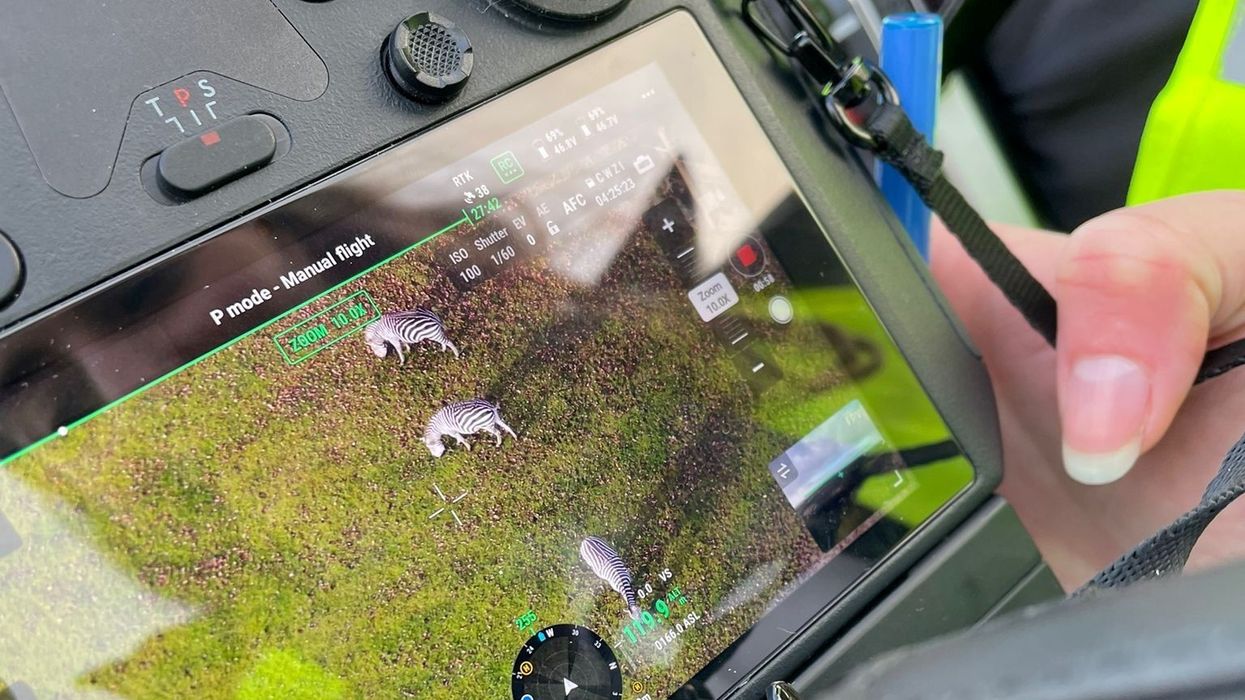

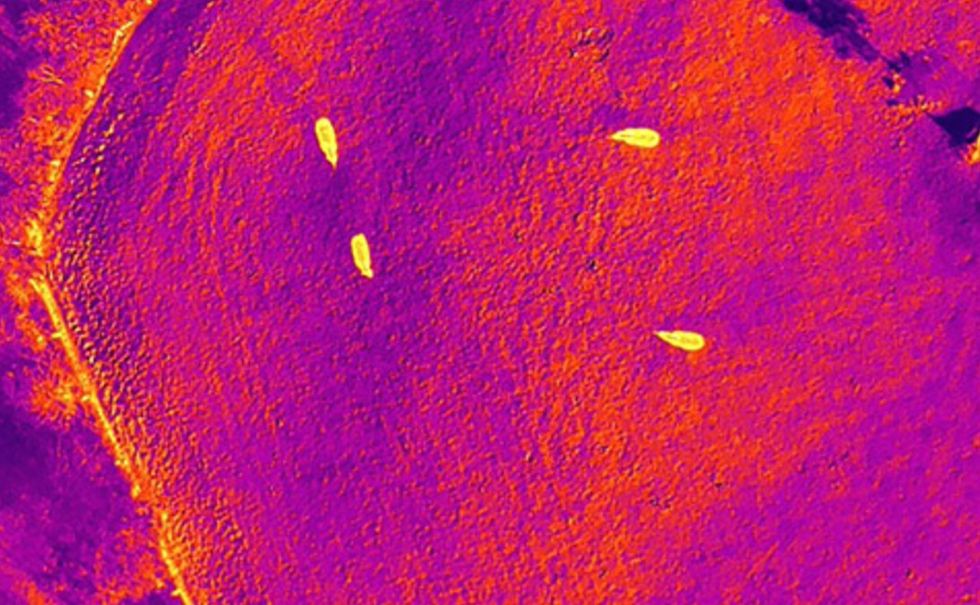



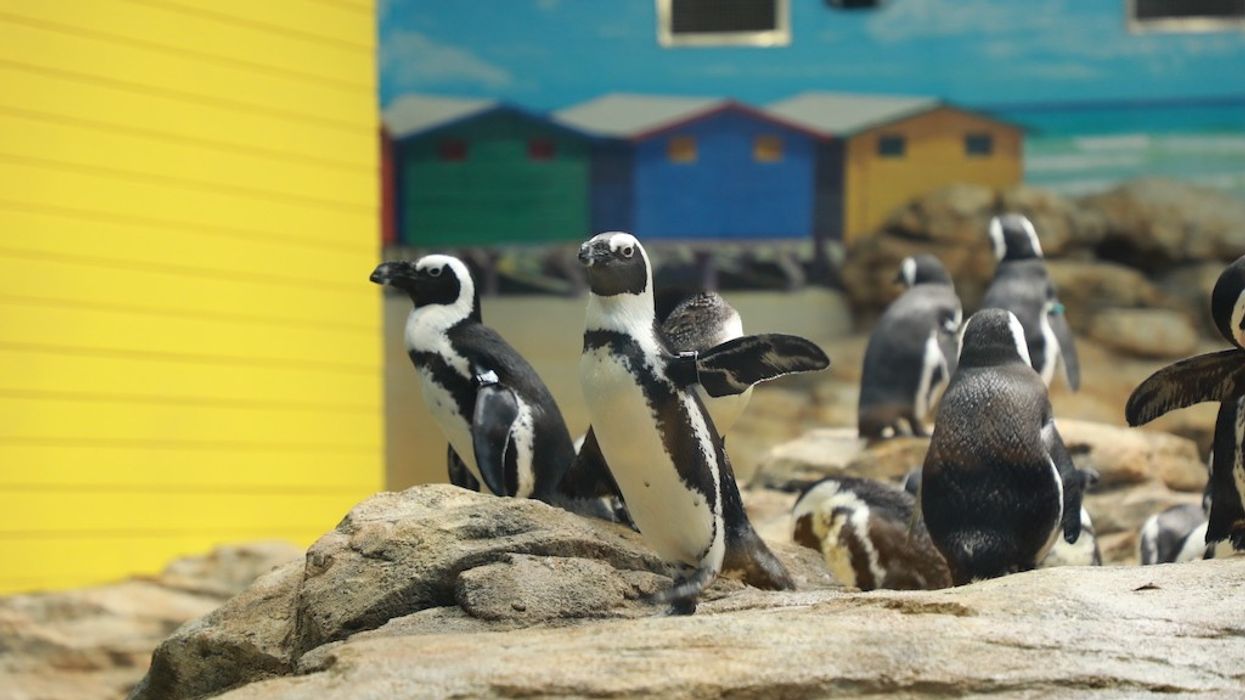
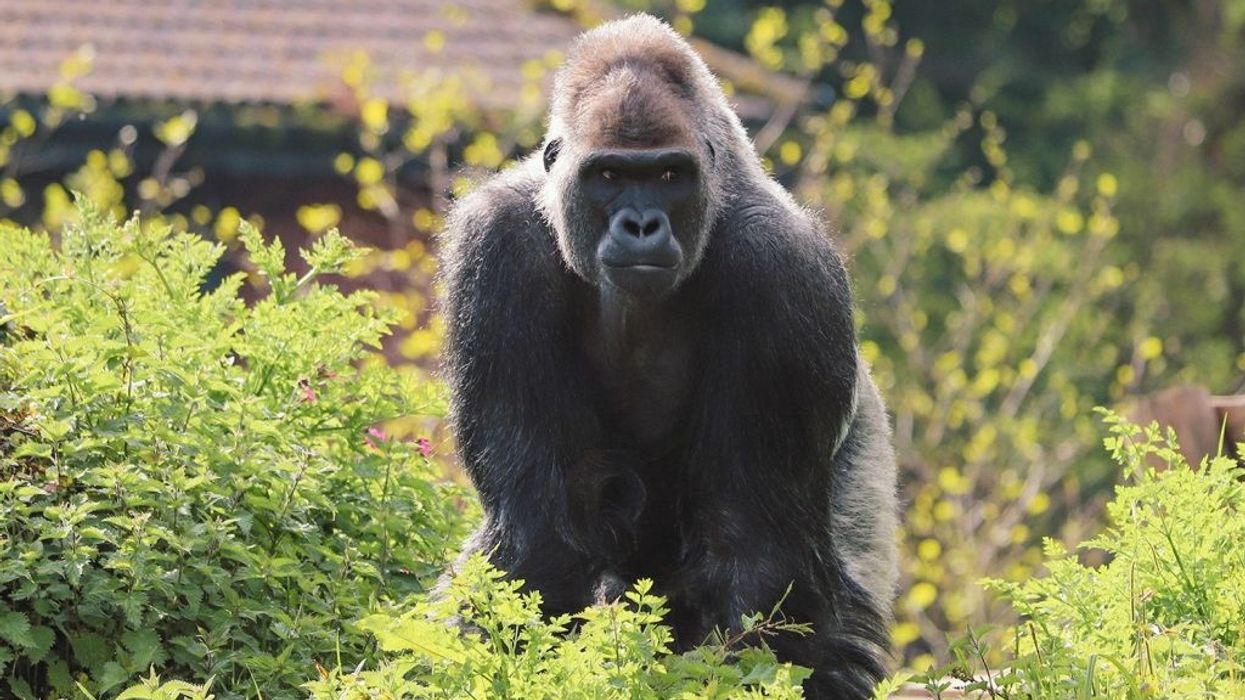
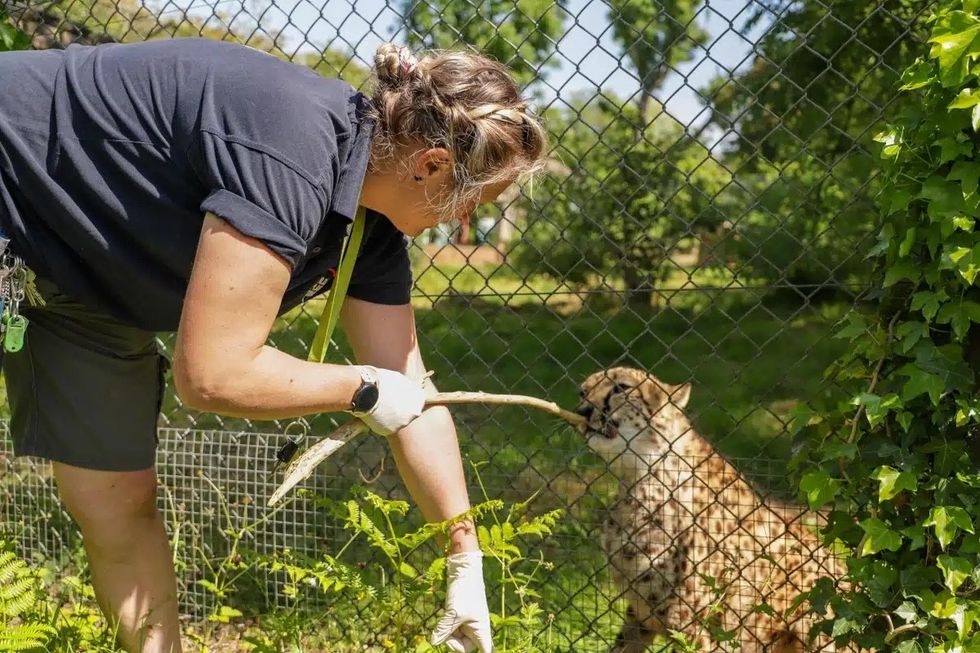






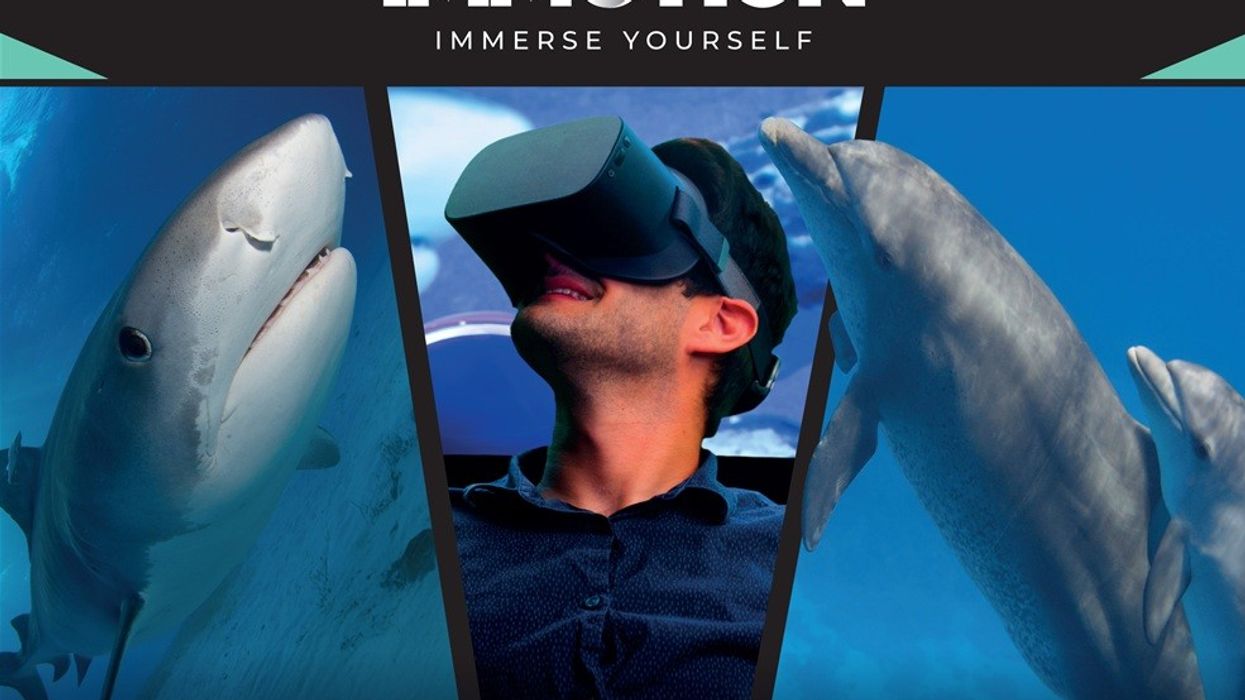


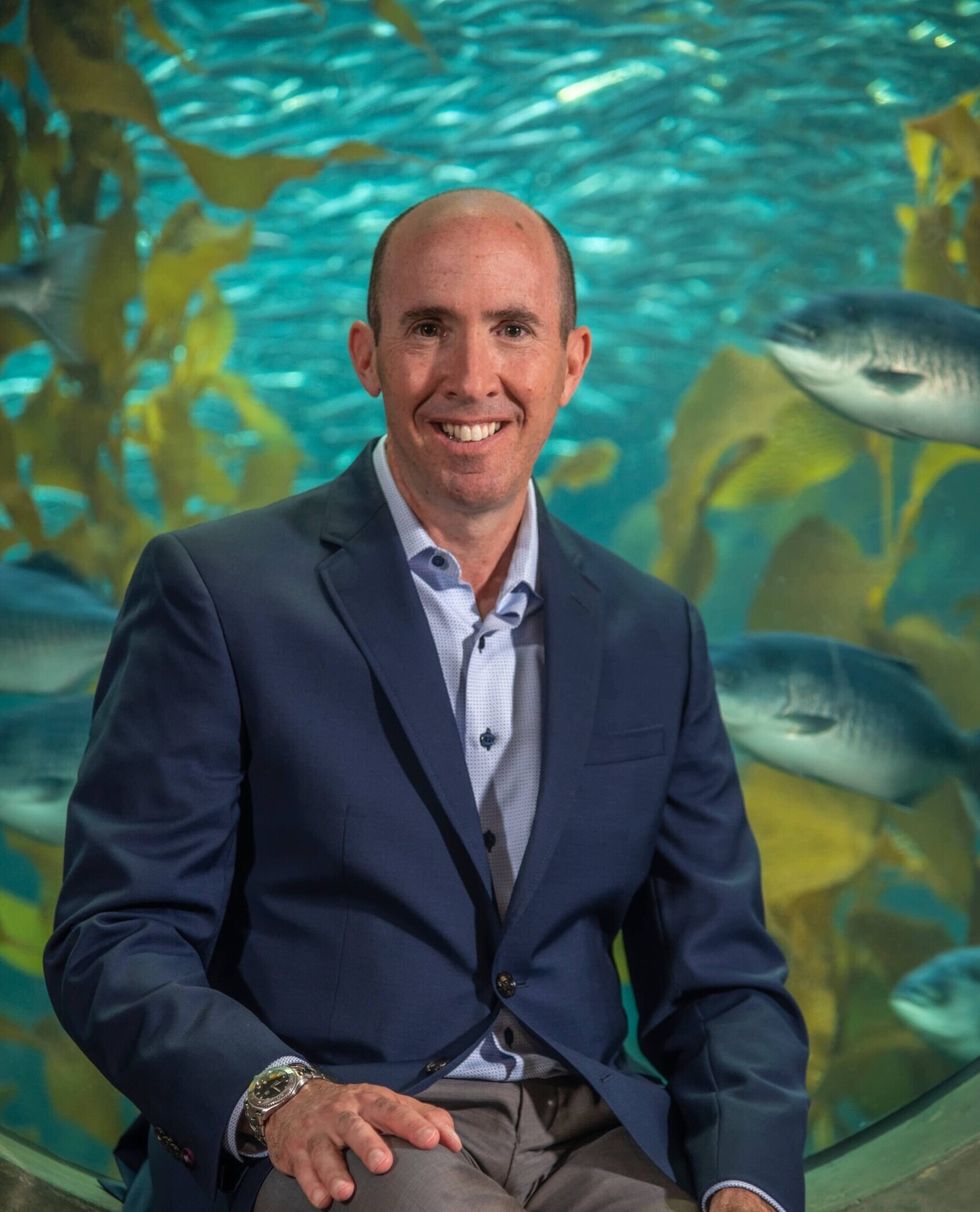 David Rosenberg, Vice President of Guest Experience
David Rosenberg, Vice President of Guest Experience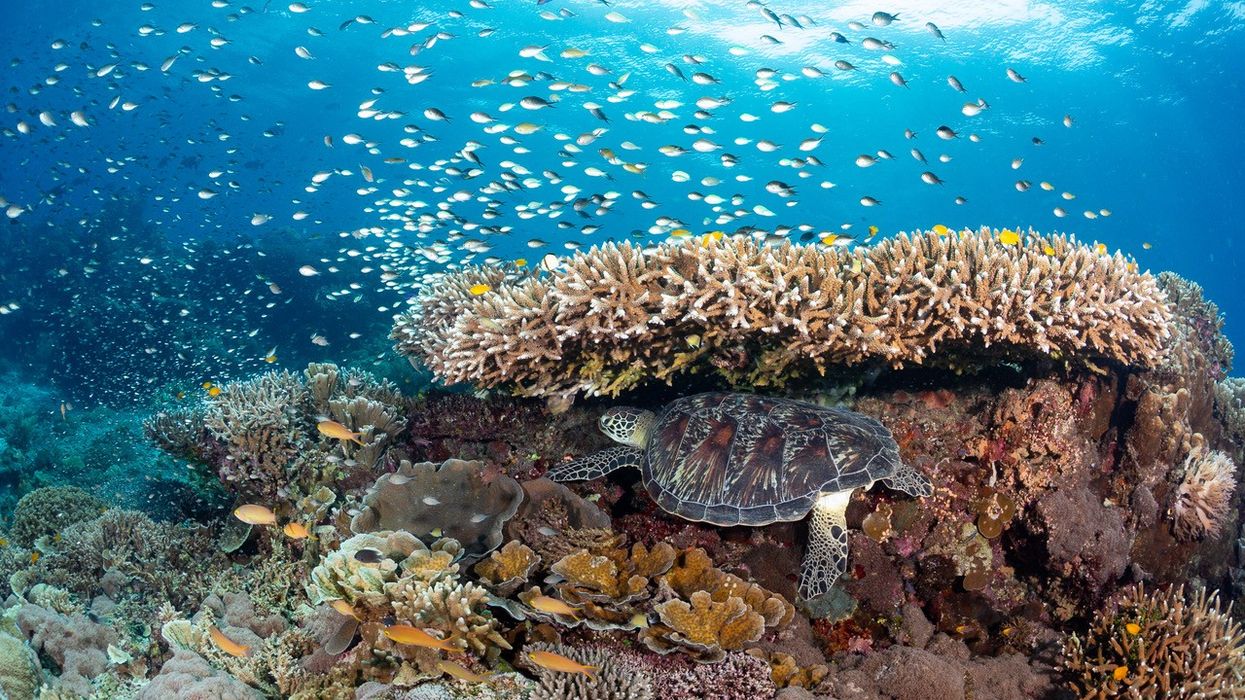
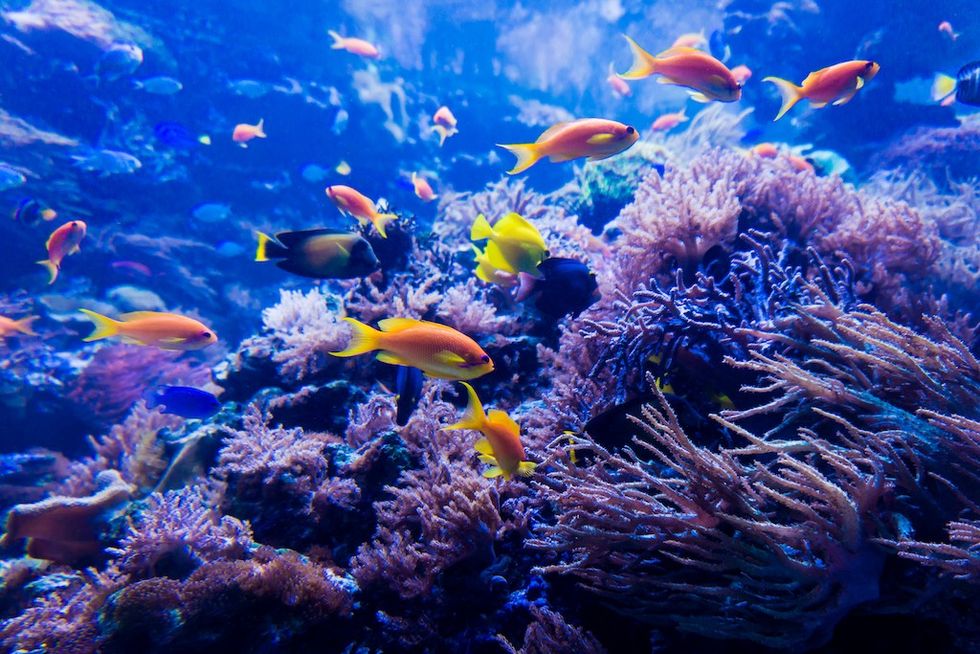
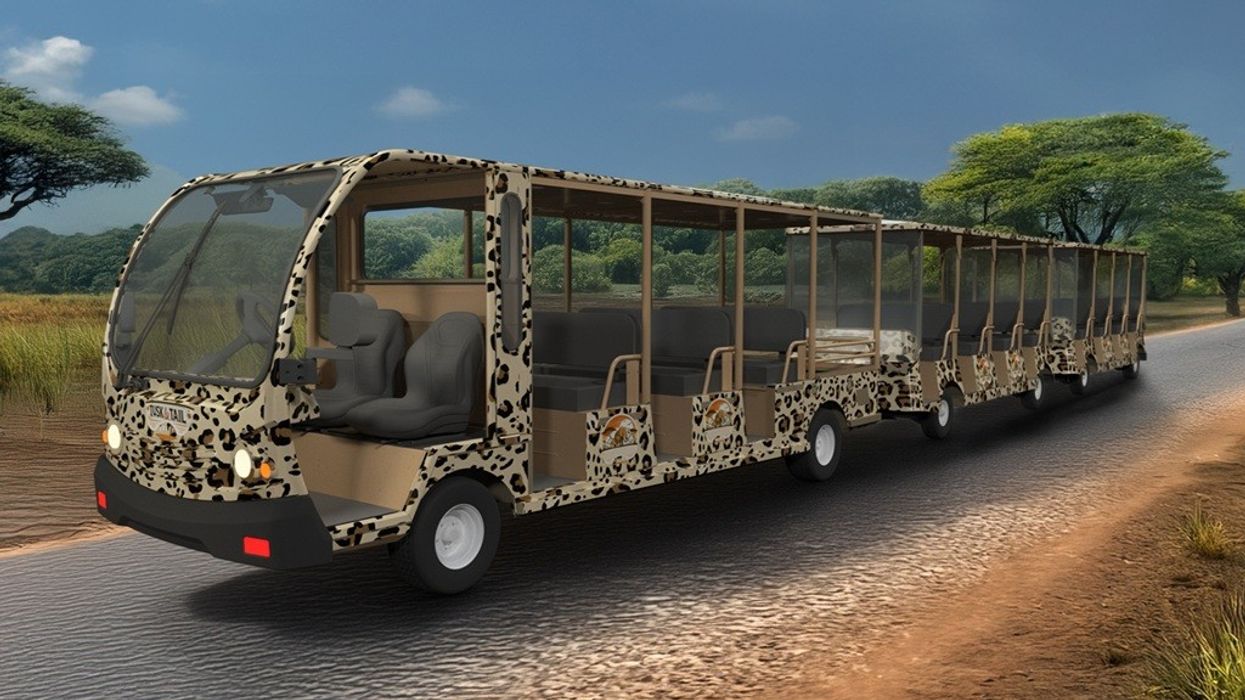
 The Solar Shuttle
The Solar Shuttle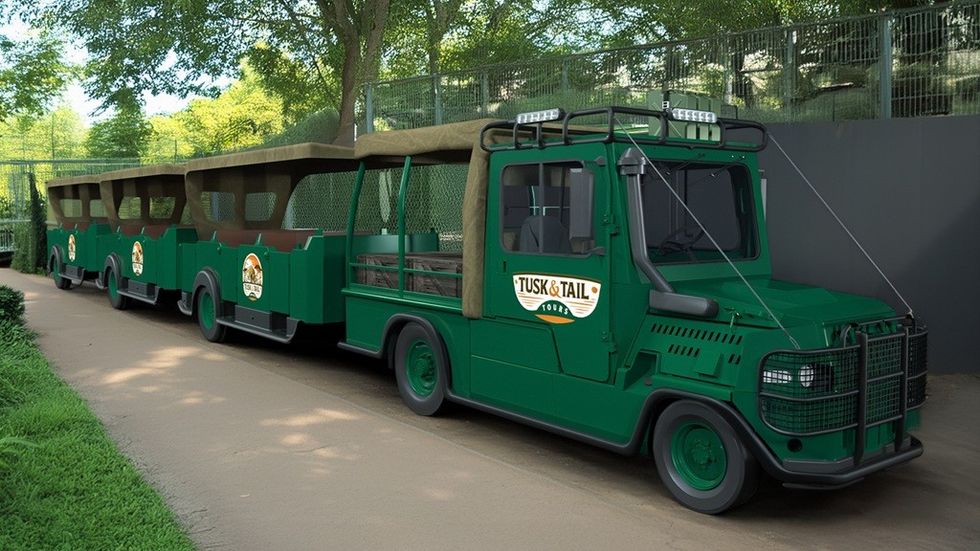 The 9000ST Series
The 9000ST Series